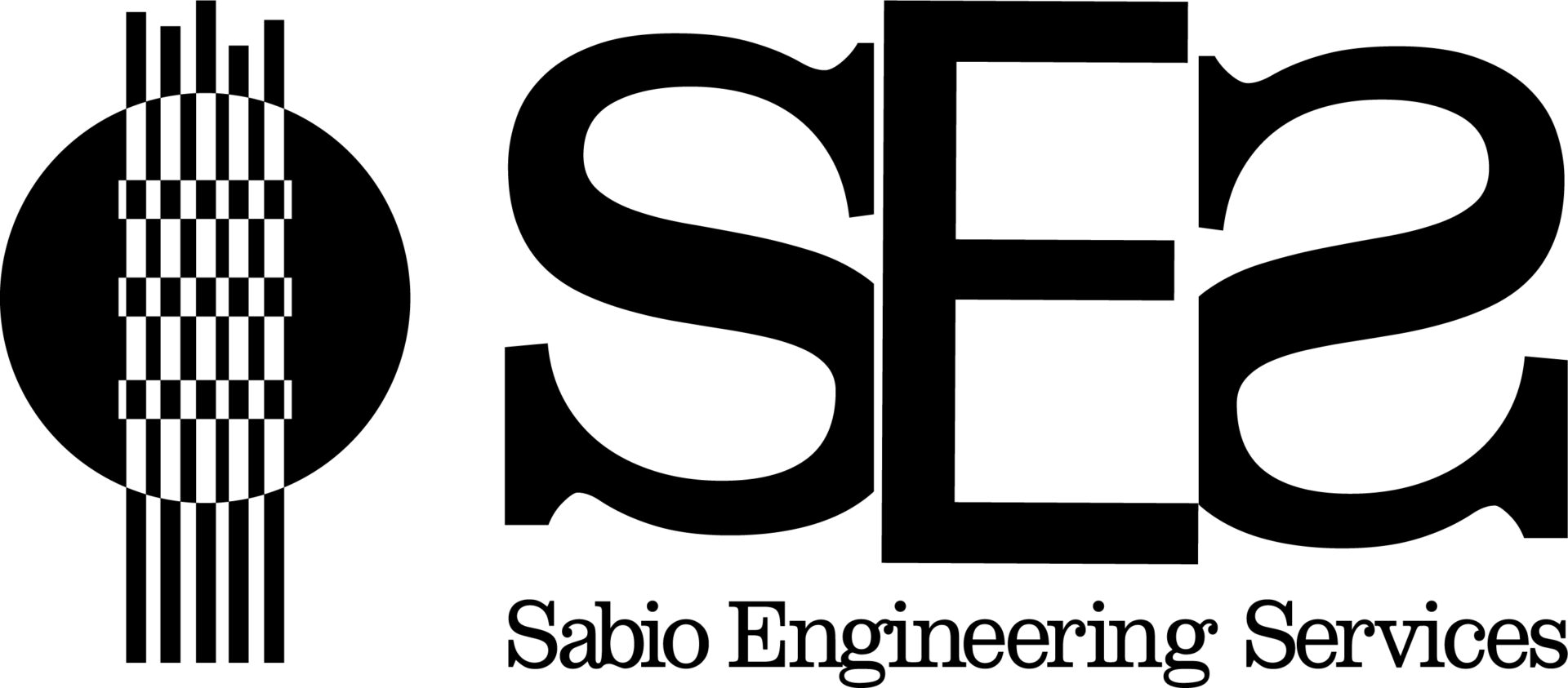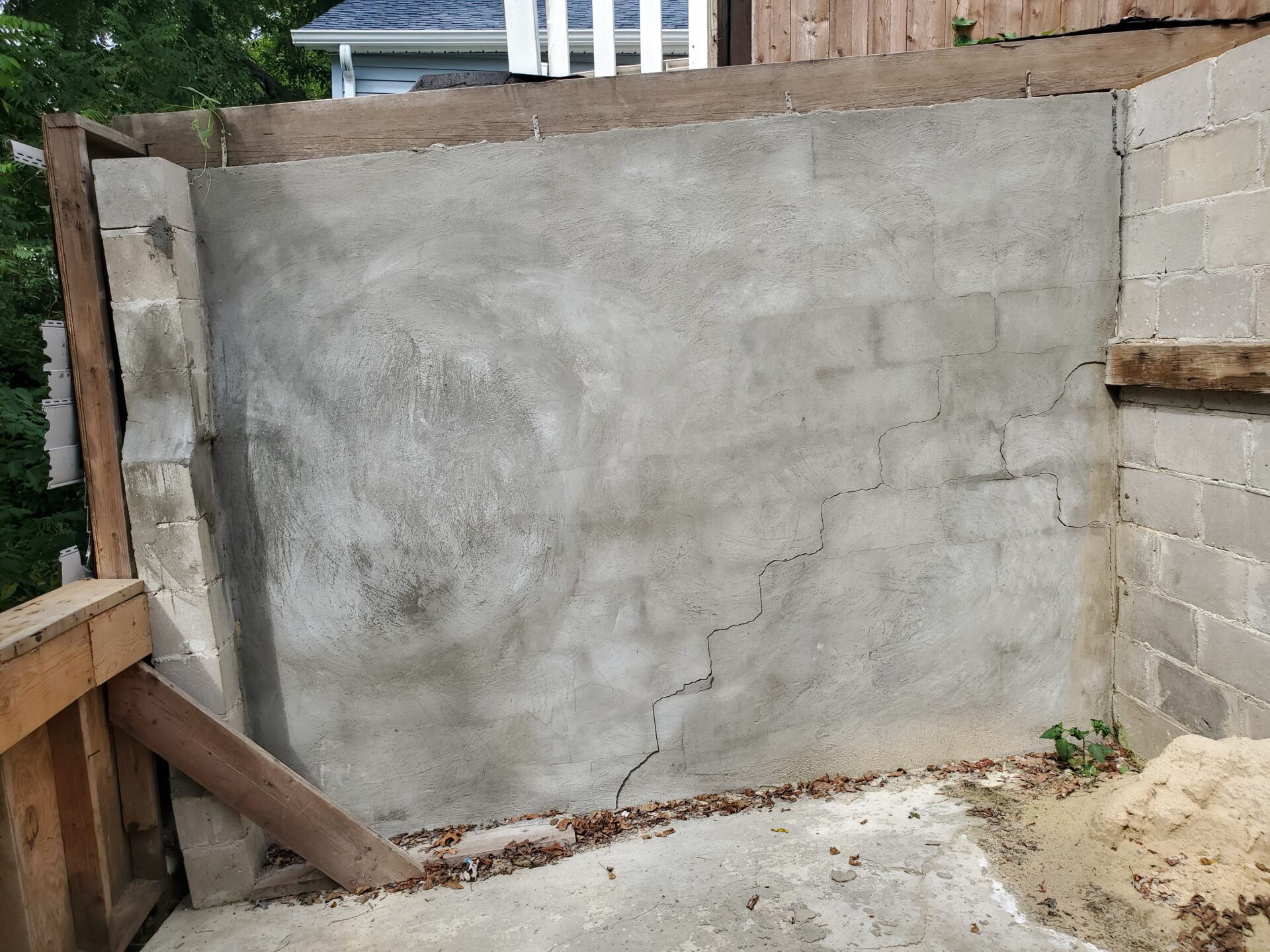Nondestructive testing methods of concrete are used to check already cured concrete properties and compressive strength without damaging the material in any way. These types of tests evaluate the condition of concrete in all varying types of concrete structures. The tests are used to determine the quality and strength of new or existing constructions so that any problems can be remediated before any damage can happen during construction or with age.
Why is Non-Destructive Testing Important?
Non-destructive testing of concrete is important for both new and old structures. These tests asses the real properties of concrete such as its strength, corrosion of reinforcement, permeability, and cracking. It will help determine if the structure is or continues to be suitable for its designed use. For new structures, testing will let professionals know the strength of materials used should doubts arise during construction. For already existing structures, results are used to determine structural integrity and durability.
Some situations where Non-destructive testing may be used are:
- Quality control of materials used in new construction. This includes cases where there’s concern over the workmanship involved during the concrete placement that may negatively impact concrete strength
- Examining the development of strength after curing. Concrete specimens cast in the field may differ from the concrete in the actual structure due to different curing conditions.
- Verifying location and extent of defects within the concrete. This includes locating possible deterioration of concrete caused by factors like fatigue, over loading, or others. These results may also be used to determine the location of destructive testing that may be needed.
- Assessing the durability of the concrete as well as any long-term changes.
What Methods of Non-Destructive Testing Exist?
- Visual Inspection– This is the first test that should be carried out by a professional. After a visual inspection, the professional will determine if additional testing should be done.
- The Windsor probe– This test is performed with a power gun that has a depth gauge for measuring penetration. A hardened steel probe is driven into the concrete and penetrates the surface. Its depth provides a hint of the compressive strength of that concrete.
- Concrete Test Hammer-This test measures the elastic rebound of concrete by placing the hammer against the surface via a spring. The distance of rebound is measured on a scale to determine concrete strength. The concrete test hammer can be used at any angle as long as the equipment is calibrated in the desired position.
- Ultrasonic Pulse Velocity Testing– This test measures the time of travel of an ultrasonic pulse passing through the concrete. This type of testing can detect any faults or cracks in the concrete. It can also examine the strength and any corrosion of concrete structures.
- Radioactive Method– This type of testing is used to find the location of steel reinforcement and measure density. It can also determine if a phenomenon called honeycomb occurred in the concrete. Honeycomb reduces the ability the concrete has of carrying heavy loads and allows water to seep through.
- Core Testing– Core testing is the most acceptable form of testing of hard concrete Even though it requires it to be mildly destructive, the cores, or samples, can be taken from places that are not vital to the integrity of the structure. This type of testing requires more work and machinery. It will also result in superficial work being needed to fill the gap left by the core; however, its results are the most accurate results for compressive strength out of all other non-destructive testing of concrete.
In Conclusion, performing concrete tests can be greatly beneficial to confirm the strength and durability of existing structures, or verify the quality of materials of new structures. If you have a project and suspect that you might need to test your concrete, give us a call and we can help you determine what type of testing will be best for you.


